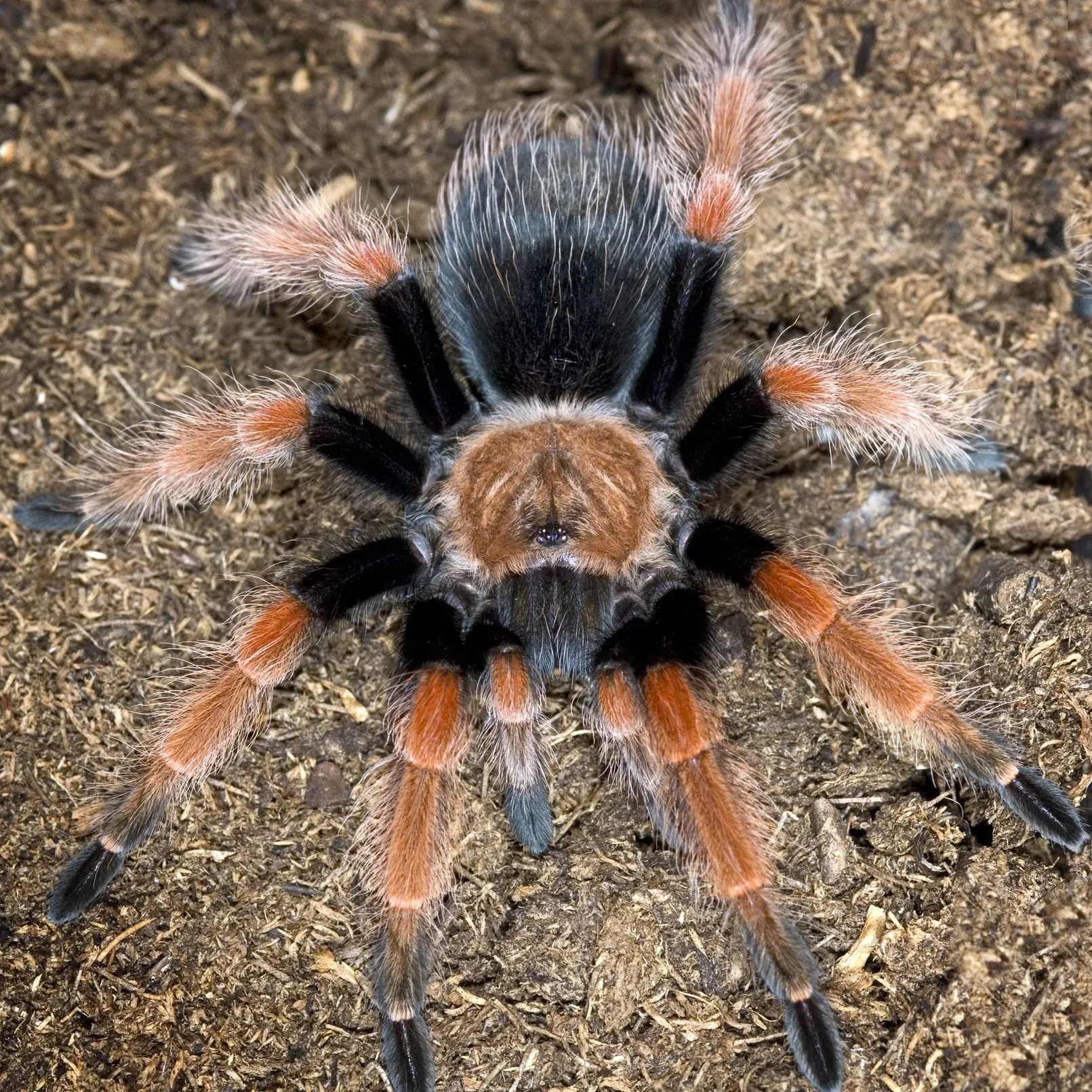What are Tarantulas
Tarantulas are large, hairy spiders belonging to the Theraphosidae family. These fascinating arachnids are known for their impressive size, with some species boasting leg spans of over 10 inches. They are found in a variety of habitats around the world, from tropical rainforests to arid deserts. Their diverse appearances, ranging from vibrant blues and reds to earthy browns and blacks, add to their allure. These creatures are generally nocturnal hunters, using their fangs to inject venom into their prey. While their appearance might seem intimidating, most tarantulas are relatively docile and pose little threat to humans. Their popularity as pets has grown, making understanding their characteristics and care essential for enthusiasts.
Where Do Tarantulas Live
Tarantulas have adapted to a wide range of environments across the globe. They are predominantly found in tropical and subtropical regions, including South America, Central America, Africa, and Southeast Asia. Within these regions, they inhabit diverse habitats such as rainforests, grasslands, and deserts. Some species are terrestrial, constructing burrows in the ground, while others are arboreal, living in trees. Their specific habitat preferences vary based on the species, with factors such as temperature, humidity, and availability of prey influencing their distribution. Understanding their natural habitats is important for providing appropriate care in captivity.
Different Types of Tarantula Species
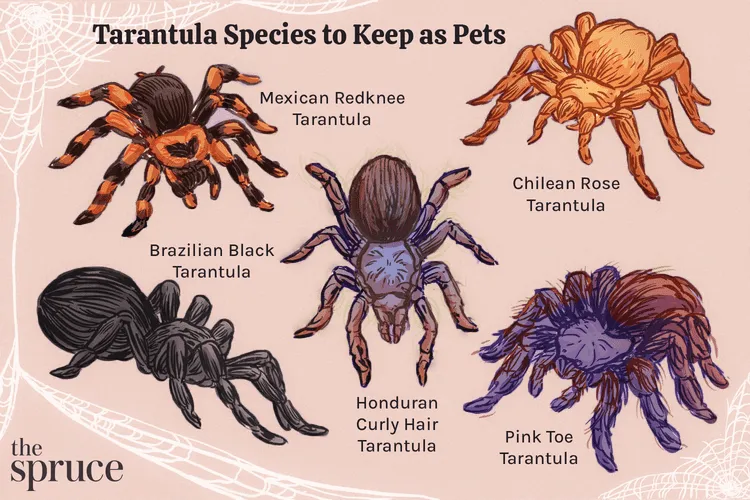
The world of tarantulas is incredibly diverse, with hundreds of species exhibiting unique characteristics. Some popular choices for hobbyists include the vibrant Brazilian Black Tarantula and the docile Chilean Rose Hair Tarantula. Others, like the Goliath Birdeater, are known for their impressive size. The Mexican Red Knee Tarantula is renowned for its striking coloration, while the Cobalt Blue Tarantula captivates with its vivid blue legs. Each species has specific needs, including dietary requirements, enclosure preferences, and temperament. Researching these differences is key for providing proper care and ensuring the well-being of your tarantula.
The Goliath Birdeater (Theraphosa blondi)
The Goliath Birdeater holds the title of the world’s largest tarantula, boasting a leg span that can exceed 10 inches. This impressive species originates from the rainforests of northern South America. They are known for their reddish-brown coloration and potent urticating hairs, which they use as a defense mechanism. Despite their size, they are generally not aggressive but may bite if provoked. They prefer to burrow and require a spacious enclosure with high humidity and a consistent temperature. Their diet consists mainly of insects, but they can occasionally consume small vertebrates. While a formidable species, their care is manageable for experienced keepers.
The Brazilian Black Tarantula (Grammostola pulchra)
The Brazilian Black Tarantula is a highly sought-after species due to its docile temperament and striking appearance. As the name suggests, it is entirely black, a beautiful contrast to other more colorful species. These tarantulas are native to the grasslands and scrublands of southern Brazil. They are relatively slow-growing and can live for many years, making them a long-term companion. Their care requirements are moderate, with a need for a moderately humid environment and a diet of insects. They are known to be a good beginner species for tarantula enthusiasts.
The Chilean Rose Hair Tarantula (Grammostola rosea)
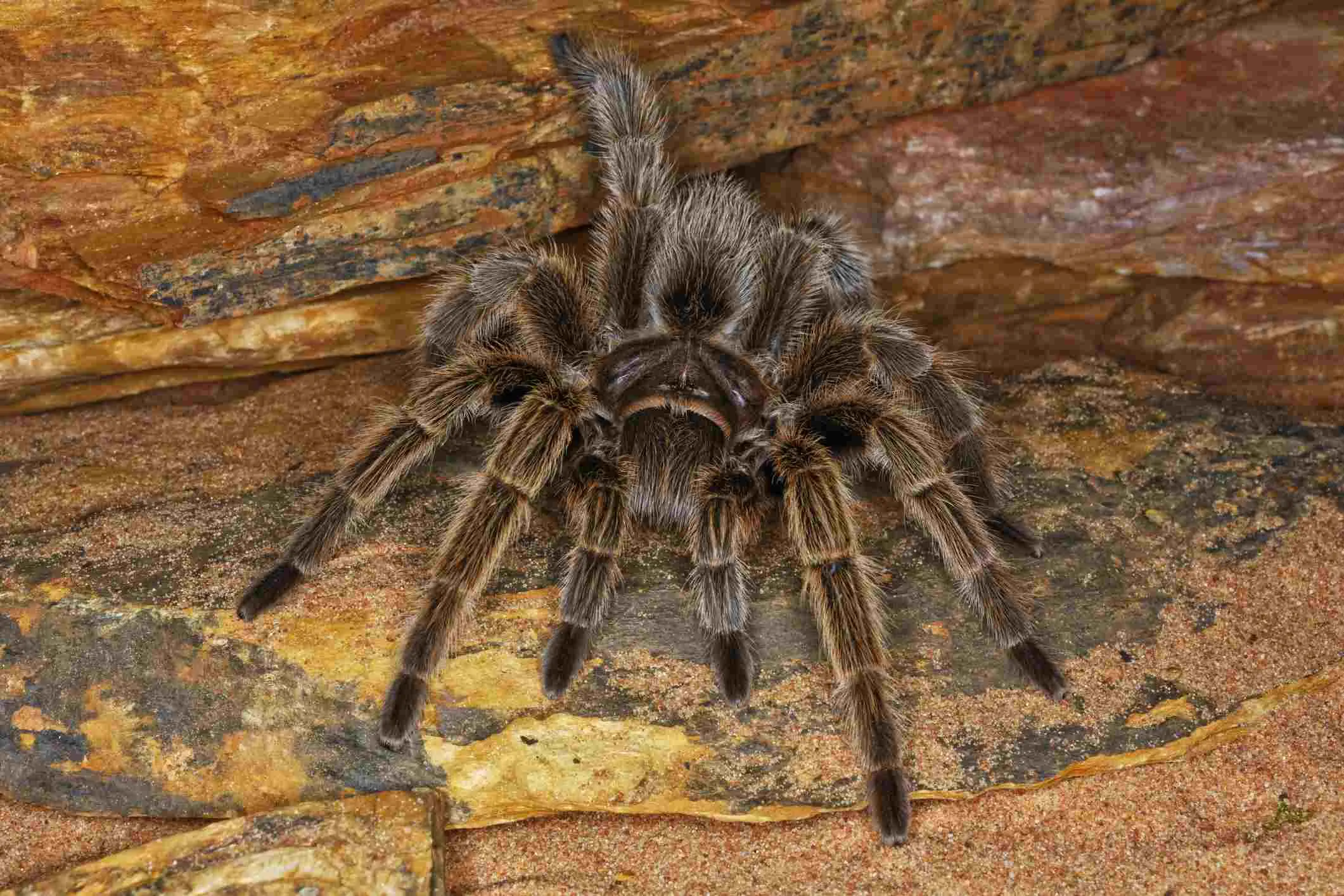
The Chilean Rose Hair Tarantula is one of the most popular tarantula species for beginners due to its gentle nature and ease of care. They are native to the deserts of Chile, and their coloration ranges from brown to pinkish hues. These tarantulas are relatively slow-moving and can tolerate handling to some degree. They require a drier habitat compared to other species, with low humidity levels. Their diet consists of various insects, and they are generally not very demanding in terms of habitat or care. They offer a fantastic introduction to the world of tarantula keeping.
The Mexican Red Knee Tarantula (Brachypelma hamorii)
The Mexican Red Knee Tarantula is a visually stunning species, instantly recognizable by its black body and vibrant red-orange markings on its legs. Native to the Pacific coast of Mexico, they are relatively docile and popular among tarantula enthusiasts. They are slow-growing and long-lived, making them suitable pets. The red-kneed tarantula requires a moderate humidity level and a varied diet of insects. While they are generally calm, they can kick urticating hairs if threatened, a defense mechanism common in many tarantula species. They are another good choice for those new to tarantula keeping.
The Cobalt Blue Tarantula (Cyaneopubescens)
The Cobalt Blue Tarantula is known for its striking appearance, with metallic blue legs and a dark body. Native to the tropical forests of Southeast Asia, this species is a sight to behold. However, they can be more skittish and defensive than other species, making them less suitable for beginners. They require a high-humidity environment and prefer to burrow. The Cobalt Blue Tarantula’s bite is more painful than other species, but it is not usually medically significant. Their impressive colors make them a popular choice for experienced keepers.
How to Care for Different Tarantula Species
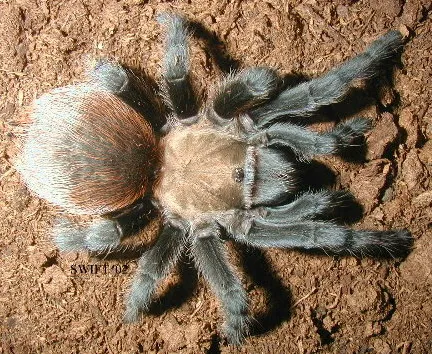
Caring for tarantulas involves understanding the specific needs of the chosen species. This includes providing an appropriate enclosure size, substrate, temperature, and humidity levels. Most tarantulas require a secure enclosure with ventilation to prevent mold and maintain air quality. Substrates vary, with options like coconut fiber, peat moss, or a mixture of both. Temperature is crucial, with most species thriving in a range of 75-85°F. Regular misting or a water dish provides humidity, although some species require drier conditions. Feeding schedules and food choices vary. Handling should be kept to a minimum, and proper research should be done for each tarantula species.
Feeding Tarantulas
Tarantulas are primarily insectivores. The diet includes crickets, mealworms, roaches, and other readily available insects. The frequency of feeding depends on the tarantula’s size and age, with juveniles eating more often than adults. Overfeeding should be avoided to prevent obesity. Water should always be available in a shallow dish. The food should be gut-loaded before feeding it to the tarantula, which involves providing nutritious food to the insects to increase their nutritional value. This helps ensure the tarantula receives all the necessary nutrients.
Enclosure Requirements
The enclosure should be large enough for the tarantula to move and create its space. The dimensions depend on the size and species of the tarantula. The enclosure should be escape-proof with a secure lid. Substrate is essential for burrowing and regulating humidity. The depth of the substrate depends on the species, as some burrow deeper than others. Providing a hide, such as a cork bark or artificial cave, provides a place for the tarantula to retreat and feel secure. The enclosure should be properly ventilated to prevent the buildup of mold and maintain air quality.
Humidity and Temperature
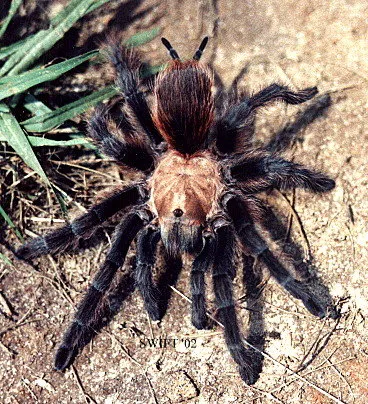
Temperature and humidity are essential to the health and well-being of tarantulas. Maintaining the correct temperature range is important for their metabolism and activity levels. Humidity levels vary based on the species, with tropical species needing higher humidity than those from arid environments. Monitoring humidity levels using a hygrometer is important. Misting the enclosure or providing a water dish can help maintain humidity. Regular ventilation is important to prevent mold or mildew buildup. The use of heat lamps may be required to maintain proper temperatures in colder climates. The correct combination ensures your tarantula thrives.
Health and Lifespan
Tarantulas have a lifespan that varies significantly by species and sex, with females typically living much longer than males. Proper care is the most important factor affecting lifespan. Signs of a healthy tarantula include an active appetite, a plump abdomen, and regular molting. Illness or injury symptoms include loss of appetite, lethargy, and difficulty moving. Providing a clean environment, appropriate temperature and humidity, and a balanced diet will support a long and healthy life. Avoid handling and unnecessary stress, which can impact the tarantula’s health.
Are Tarantulas Dangerous to Humans
Tarantulas possess venom, but their bite is generally not considered life-threatening to humans. The venom’s effects vary depending on the species and the individual. Most bites cause localized pain, redness, and swelling, similar to a bee sting. Some species have irritating hairs that can cause skin irritation. It is important to exercise caution when handling tarantulas and avoid provoking them. While not highly venomous, the bite can be a painful experience. Prevention through safe handling practices is key. Immediate medical attention is generally not required, but cleaning the bite area is important.
Tarantula Species FAQ
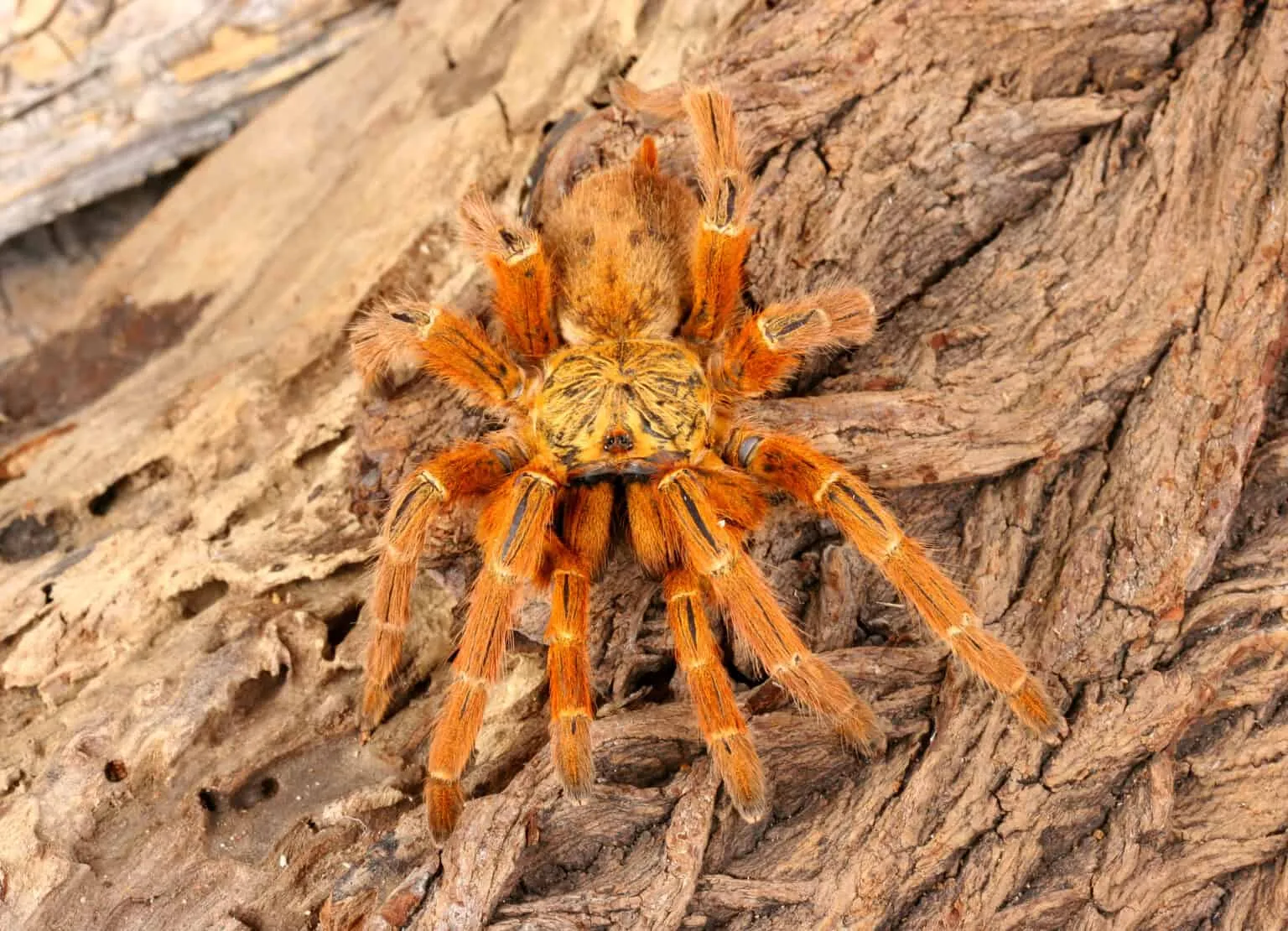
Frequently asked questions about tarantula species cover a wide range of topics, including their care, behavior, and potential hazards. Many beginners inquire about the best species for starting out and the requirements for setting up an enclosure. Common questions involve feeding habits and frequency, as well as the identification of potential health issues. Enthusiasts often ask about the molting process and the proper handling of tarantulas. Understanding these frequently asked questions can help ensure responsible and informed tarantula ownership, contributing to the well-being of these fascinating creatures.
In conclusion, the world of tarantulas is rich and diverse. They offer a unique glimpse into the natural world. From the impressive Goliath Birdeater to the beginner-friendly Chilean Rose Hair, there is a tarantula species for every enthusiast. Responsible care, understanding the needs of each species, and a commitment to providing the correct environment is essential. By understanding the diverse range of tarantula species, and their unique requirements, you can enjoy the rewarding experience of keeping these fascinating arachnids.
